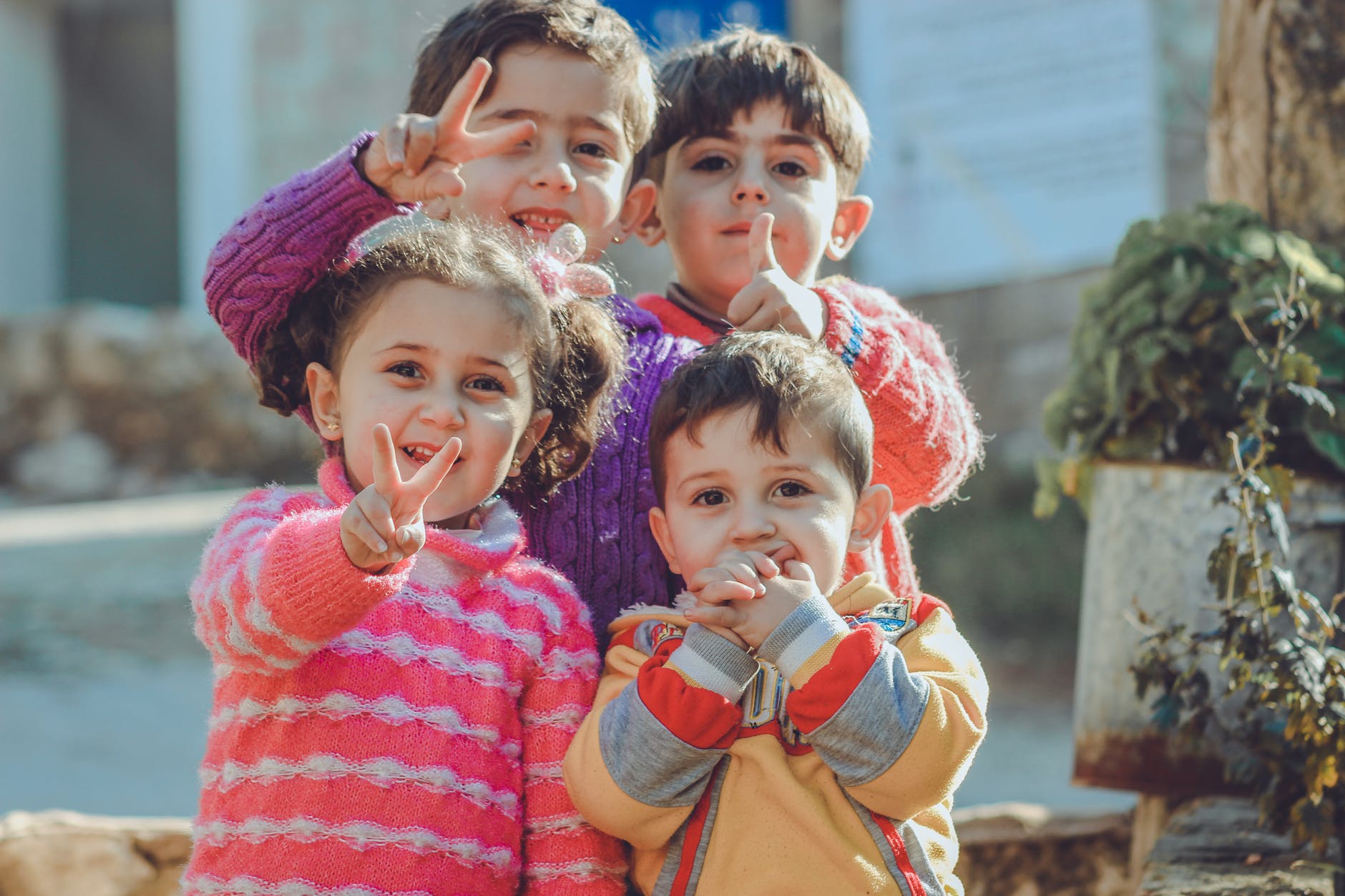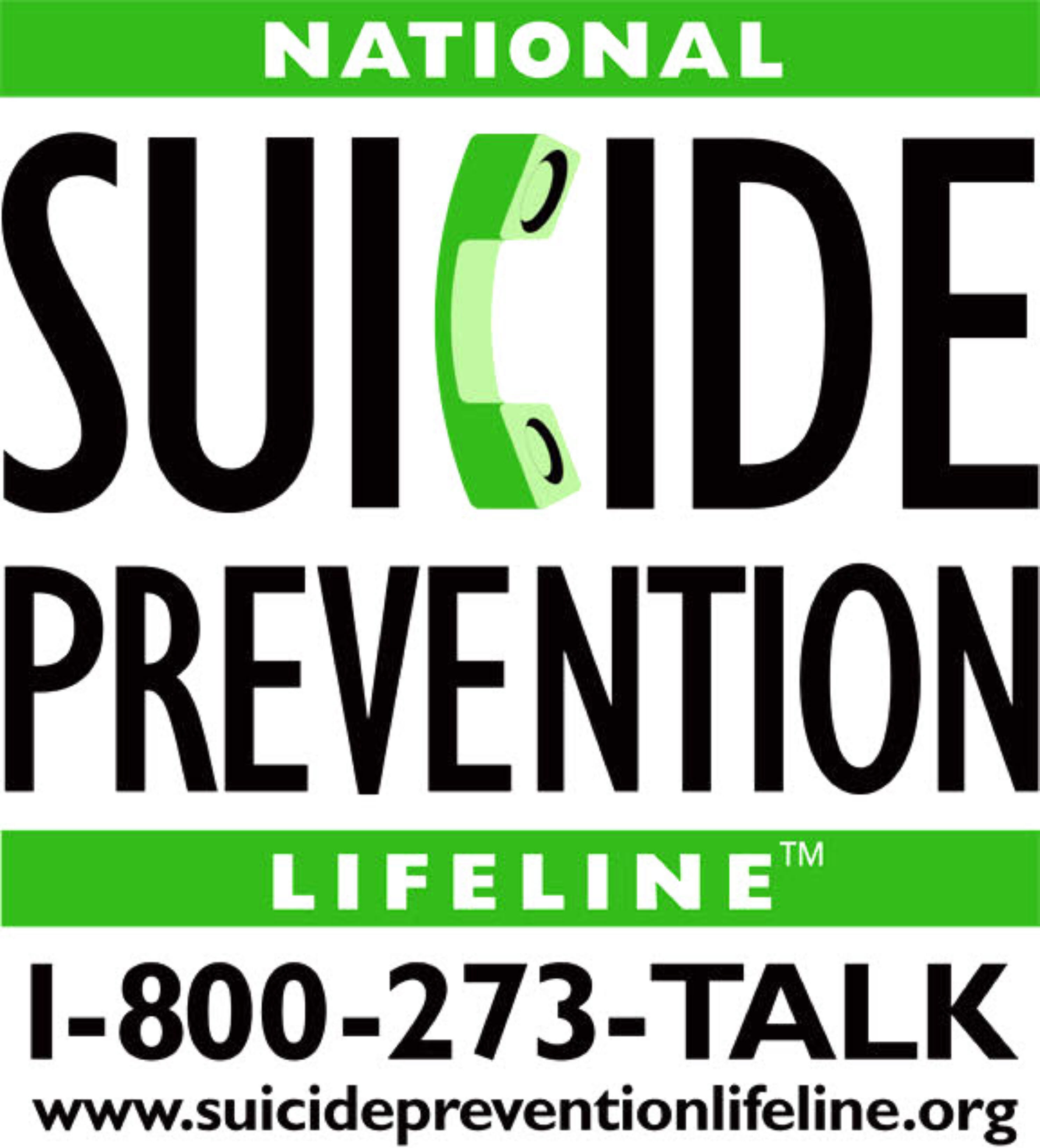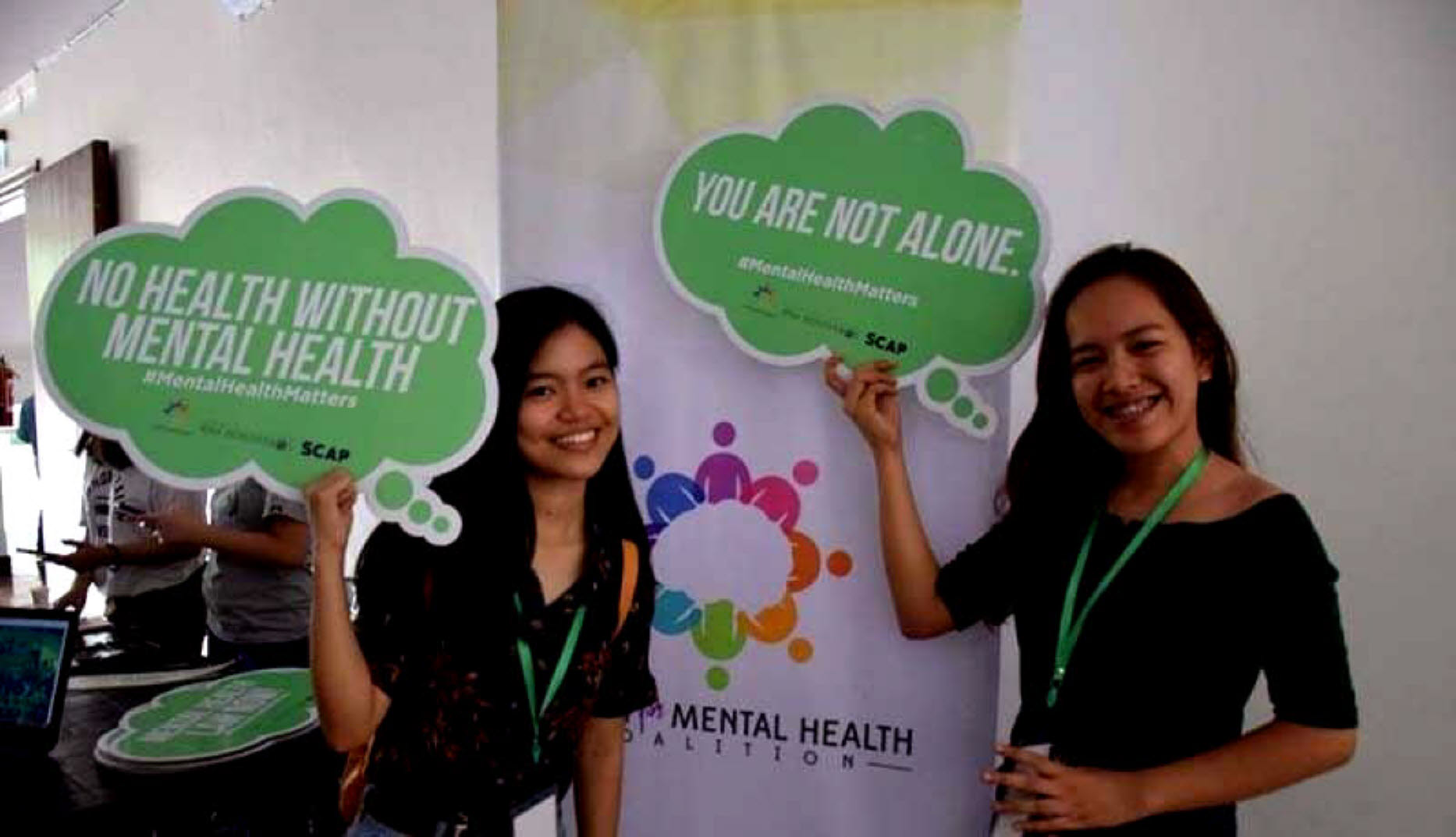
When to offer support — and when to step back
Photo by samer daboul on Pexels.com
Writer: Gia Miller
Clinical Experts: Grace Berman, LCSW , Rachel Busman, PsyD, ABPP
What You'll Learn
- How old should a child be when they start making their own decisions?
- How can you help your child learn to make decisions?
- Should you let your kid make a bad decision?
- Quick Read
- Full Article
- Start early — even toddlers can make decisions
- Model your decision-making process
- Provide scaffolding as they learn
- When to step back
- Older children, bigger decisions
- Let them make bad decisions — and learn from them
Whether it’s a toddler choosing a toy or a teenager selecting a college, all kids have to make decisions. As they get older, decisions can get more difficult, so it’s important to teach them the right skills at an early age.
When they’re young, give them two options to choose from, such as what to eat at restaurant or what color shoes to wear. You can also model decision-making by thinking out loud when you’re weighing options.
If there’s a decision that affects them, ask them what they think and discuss the choices together. The earlier you can help kids be thoughtful about how their decisions may impact others, the better. Questions they can ask themselves include: What are all the options? What are the pros and cons of each? How will the decision impact others?
Once you trust your child with a decision, let them do it themselves. It will help them build skills and self-confidence. When they’re young, start with small decisions, such as what kind of ice cream to eat.
Tweens and teens will have bigger decisions to make. These may require negotiation and compromise. Even so, you shouldn’t always jump in if you see your child making a bad decision. Children often learn best from their mistakes. If it’s a safe situation, it may be good for them to let them make the bad decision.
When they do make mistakes, help them learn by staying calm and not placing blame. If they regret their choice, support them while they feel the difficult emotions and think about what they would do differently next time.
From a toddler choosing what toy to play with to a high school senior selecting a college, children of all ages must make decisions. While some decisions might seem easy to an adult, they could require skills a child may not have developed. And as kids get older, the decisions become more important, and more complicated.
That’s why it’s important to help children build decision-making skills from an early age, by giving them lots of practice in a developmentally appropriate way. Our experts outline how to provide proper scaffolding when they need it, and when to let them flex their decision-making muscles on their own.
#James Donaldson notes:Welcome to the “next chapter” of my life… being a voice and an advocate for #mentalhealthawarenessandsuicideprevention, especially pertaining to our younger generation of students and student-athletes.Getting men to speak up and reach out for help and assistance is one of my passions. Us men need to not suffer in silence or drown our sorrows in alcohol, hang out at bars and strip joints, or get involved with drug use.Having gone through a recent bout of #depression and #suicidalthoughts myself, I realize now, that I can make a huge difference in the lives of so many by sharing my story, and by sharing various resources I come across as I work in this space. #http://bit.ly/JamesMentalHealthArticleFind out more about the work I do on my 501c3 non-profit foundationwebsite www.yourgiftoflife.org Order your copy of James Donaldson's latest book,#CelebratingYourGiftofLife: From The Verge of Suicide to a Life of Purpose and Joy
www.celebratingyourgiftoflife.com
Link for 40 Habits Signupbit.ly/40HabitsofMentalHealth
If you'd like to follow and receive my daily blog in to your inbox, just click on it with Follow It. Here's the link https://follow.it/james-donaldson-s-standing-above-the-crowd-s-blog-a-view-from-above-on-things-that-make-the-world-go-round?action=followPub
Start early — even toddlers can make decisions
“Start teaching your young child how to make decisions by giving them two options, both of which you are okay with them selecting,” says Grace Berman, LCSW, a clinical social worker. “For example, let them decide if they want to wear their red shoes or blue shoes, or give them two options to choose from on a restaurant menu.”
This doesn’t mean that kids should have free rein and make all decisions — not everything requires options. Continue to set boundaries and limits, but give them options and flexibility within those parameters. For example, they can choose what kind of fruit they’d like for a snack, but they cannot make the decision to eat candy all day.
“As they get older, outline what everyday choices you’d like your child to be responsible for,” Berman advises. “Make a list and work with your child to shift the responsibility from you to them. The more decisions they can make, the more practice they will have.”
Model your decision-making process
By the time we’re adults, we’re so accustomed to making decisions that we may not think about the process we go through. But thinking out loud when you’re making choices — from what to make for dinner to where to go on vacation — can help clue kids in to the way you’re arriving at them. What are your alternatives? What are the pros and cons of each?
The next step is to involve your children in a dialogue about decisions that affect them. For example: the decision of whether to attend a classmate’s birthday party or go to a different friend’s house instead. Ask your child why they should go to the party versus the reasons not to go. But then discuss how the birthday child might feel if they learned your child skipped the party to play with a friend. The earlier you can help kids be thoughtful about how their decisions may impact others, the better.
“It’s really important to include kids in those conversations because you’re modeling a lot of really great skills,” says Rachel Busman, PsyD, a clinical psychologist. “You’re also conveying that your child’s thoughts and opinions are important, and that there are many points that go into making a decision.”
When modeling decision-making, focus on general questions that can help your child process all of the information they’ll need:
- What decision do I need to make?
- What are my options, including less-preferable ones?
- What are the pros and cons of each choice?
- Are there any rules (school policy, curfew, etc.) I need to consider when making my decision?
- How will this decision impact others?
- What is my gut telling me to do?
- How does that decision make me feel?
- What’s my plan B?
Provide scaffolding as they learn
When allowing children to make their own choices, you can still provide them with support to make it easier for them.
“If the child is fretting about what to wear every morning, it might be anxiety-based,” Berman explains. “If that’s the case, then it’s really helpful to not make the decisions for them. They need to practice building that skill. Give them two options and be patient so they have time to actually decide. Then praise them when they make the decision, especially if they do it quickly, so it reinforces that behavior.”
Also, help your child understand that some decisions are more important than others, and sometimes it’s important to practice making fast decisions. For example, it doesn’t matter if they choose chicken fingers or spaghetti for lunch today; it’s more important they decide quickly so they’re not late to their next activity. They like both options and they can have the other one for lunch tomorrow.
When to step back
Once you feel confident that you can trust your child with a decision, you can step away. Small decisions, such as what kind of ice cream to get or who to invite over for a playdate, are a great way to start. But don’t shy away from letting them make some slightly bigger decisions once they’ve proven capable of making smaller ones. For example:
- Allow them to pick out their own clothes, as long as they’re weather-appropriate.
- Let them choose what books they’d like to read.
- Ask them to decide how they’d like to celebrate their birthday.
Sometimes it can be hard to step away, but it’s important to convey your confidence in their growing abilities. When you do this, not only are you helping your child practice making decisions, but you’re also helping them shape their character by allowing them to develop the qualities all good decision-makers share, including:
- Trust in themselves and their opinions
- Self-confidence
- Decisiveness
- Thoughtfulness
- Analytical thinking
- Empathy
“If we give them little opportunities to make their own decisions, then they’ll know what to do in those bigger opportunities because they’ve had training,” says Dr. Busman. “When they come to you with a small decision, ask them if they really need your help and encourage them to make the decision on their own. Then, you can chat about it. But for bigger decisions, say, ‘I’m so glad you came to me. This actually seems like a medium or important decision. These are the kinds of things where you should come to me, so we can talk about it.’”
Older children, bigger decisions
As tweens and teens seek independence, they also begin to face bigger decisions, which may require negotiation and compromise. Dr. Busman gives the example of a teenage girl who spent hours doing her homework and frequently fought with her mom about chores. Instead of telling her how to remedy these problems, Dr. Busman worked with her to identify why she was struggling and how to make better choices.
“I asked her, ‘How is your homework situation working for you? Are you happy?’” Dr. Busman explains. “She admitted it wasn’t working well, and we discussed what gets in the way of her completing her homework faster. I learned that her problems were due to procrastination, so we made a plan to stop procrastinating, which included making decisions about when and how to spend her time.”
The fights with her mom were also about her procrastination — her mom would ask her to put her laundry away, but she procrastinated. She and Dr. Busman discussed how she could negotiate with her mom by deciding what her mom would consider reasonable and what consequences should exist. Instead of fighting, she learned how to compromise, make thoughtful decisions and hold herself accountable to an agreement.
Other big decisions kids face, such as following their friends even when they’re uncomfortable or making college choices based on other people’s preferences, can benefit from a similar dialogue. Help them decide if it’s working for them and then work together to create a plan.
Let them make bad decisions — and learn from them
You shouldn’t always jump in if you see your child making a bad decision — children often learn best from their mistakes. As long as it’s a safe situation, let them make the bad decision. But, also consider when they may learn more by you weighing in. It’s a fine balance of letting kids learn, but rescuing them when necessary.
For example, don’t rescue your child if they:
- Would like to wear a silly outfit to school. As long as it’s weather-appropriate, let them. If they get teased, they may choose not to do it again.
- Choose to play a video game before soccer practice and don’t have enough time to get ready. If they arrive at the field without their jersey, don’t bring it to them.
- Want to spend their allowance money on a toy that breaks easily or will quickly become boring.
- Prefer to spend their time talking to friends instead of studying for a test.
Once they’ve experienced the consequence, help them learn from it. Remain calm, avoid placing blame, and help them examine and learn from mistakes. Even if they regret the choice they made, work to build their decision-making confidence.
“Validate their emotions and that it didn’t actually work out the way they expected,” Dr. Busman advises. “Parents sometimes want to shield their kids from difficult emotions, but those painful feelings give us feedback to help us make the right decisions. They’re not dangerous. We need to let kids experience the consequences of bad decisions and work through them. That’s how we’re going to help our kids become adults in the world.”
Photo by samer daboul on Pexels.com
https://standingabovethecrowd.com/james-donaldson-on-mental-health-helping-kids-make-decisions-2/











